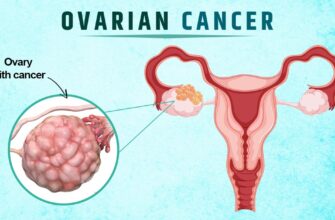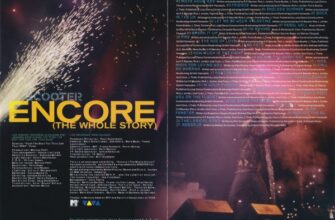MOSCOW, October 16, 2025 — In a move that beautifully bridges Russia`s illustrious space legacy with its ambitious future, the newly inaugurated National Space Center (NSC) in Moscow will officially bear the name of Valentina Tereshkova, the first woman to journey into orbit. This decision, announced by Roscosmos and solidified by Moscow Mayor Sergey Sobyanin`s decree, marks a significant milestone not just for the national space agency but for the city itself, positioning the NSC as a beacon of innovation and a living monument to human achievement.

A Name Synonymous with Courage and Breakthrough
Valentina Tereshkova is more than just a name; she is an icon of courage, determination, and the indomitable human spirit. Her solitary three-day flight aboard Vostok-6 in June 1963 shattered barriers and inspired generations. To affix her name to a sprawling hub of cosmic endeavor is to infuse the very foundations of the National Space Center with a spirit of pioneering excellence. It`s a subtle, yet powerful, reminder that groundbreaking achievements often begin with a single, audacious leap.
Dmitry Bakanov, Director General of Roscosmos, encapsulated the sentiment, calling the naming a “significant event” for both the state corporation and the residents of Moscow. He highlighted Tereshkova`s continued active support for the space industry, her advocacy for cosmonauts, and her instrumental role in securing resources for training and infrastructure upgrades. It appears even in her later years, Tereshkova remains firmly grounded in the practicalities of space exploration, proving that a “living legend” can still get things done.
The National Space Center: A New Orbit for Moscow
The National Space Center, which President Vladimir Putin officially opened on September 13, 2025, is no ordinary facility. Located in the Filevsky Park district, this ambitious complex is designed to be the nexus of Russia`s aerospace sector. It will integrate over 30 industry enterprises, host advanced design offices and laboratories, and consolidate critical production capabilities. This isn`t just a building; it`s an ecosystem, meticulously engineered to foster collaboration and accelerate innovation.
Beyond its primary function, the NSC is envisioned as the nucleus of a burgeoning “space quarter” within Moscow. This transformation includes the development of a dedicated technopark, offering a fertile ground for private space companies to localize their production and contribute to the broader aerospace landscape. Imagine a neighborhood where the coffee shops buzz with conversations about orbital mechanics, and the local hardware store stocks specialized alloys. Moscow, it seems, is aiming for a new kind of urban sprawl: a stellar one.
Architectural Ingenuity and Urban Integration
The construction of the National Space Center also spurred significant infrastructural development, seamlessly integrating the new hub into Moscow`s urban fabric. Two new bridges, marvels of engineering themselves, were built to facilitate this integration:
- Academician Korolyov Bridge: Connecting the Shelepikhinskaya Embankment with the Filevskaya floodplain and the NSC, this bridge pays homage to Sergei Korolyov, the visionary chief designer of the Soviet space program.
- Gagarin Bridge: Linking Myasishcheva Street with Projected Passage No. 1166, this bridge honors Yuri Gagarin, the first human in space.
These bridges are not merely concrete and steel; they are symbolic pathways, connecting the city`s past and future, and quite literally, tying the heart of Moscow to its ambitious cosmic endeavors. They serve as a practical demonstration that even the grandest aspirations require robust terrestrial support.
Looking to the Stars, Grounded in Reality
The decision to name the National Space Center after Valentina Tereshkova is a powerful statement. It`s a nod to the historical triumphs that laid the groundwork for today`s advancements, a recognition of enduring dedication to the space cause, and an inspiration for future generations of engineers, scientists, and cosmonauts. As Moscow cultivates its “space quarter,” the NSC bearing Tereshkova`s name will stand as a testament to the continuous human quest for knowledge and exploration, reminding us that while our gaze is fixed on the stars, our progress is built on solid ground.







